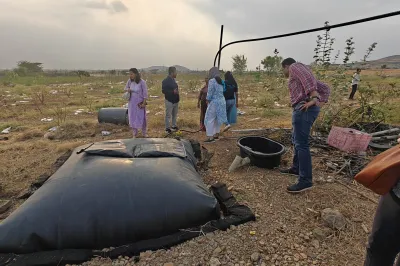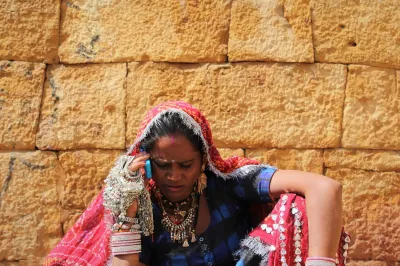Does Branchless Banking Reach Poor People? The Evidence from Mali
This is the third posting in a mini-series in which we present new evidence from three countries on whether branchless banking is reaching poor people. This post looks at Orange Money in Mali. Previous posts looked at India and Pakistan.
This is the final survey in the recent round of research conducted by Coffey International Development. 813 branchless banking customers of Orange Money in Mali were interviewed at 13 agent locations in and around Bamako. Due to logistical difficulties in reaching some of the more remote areas, some of the interviews in this case were conducted over the phone. As with the other surveys in Pakistan and India customers were asked about the use of the service and also about their household living conditions to enable an estimation to be made of their likely income levels.
Below are the main results from Orange Money customers:
- Around two-fifths (41%) of active branchless banking customers in Mali are poor (defined as living on less than US $2.50 per day). Only 6% of customers were living on less than $1.25 per day.
- 62% of Orange Money customers were already using some other form of financial services. 40% had a bank account and 34% were customers of a microfinance institution. Just below a third also used the services of informal money lenders. 28% had not previously used any alternative source of finance.
- More than three quarters of users felt the service has a positive impact on their lives and two thirds of users ranked the service to be very effective. ◦
- After depositing money, the most common transaction type in Mali was purchasing airtime which was used by 62% of respondents.
When we compare across all three services we see a surprising level of consistency around the characteristics of the customers they serve (see table).
In each of the three cases we find over two-fifths of customers living on less than US $2.5 per day. The figure for India may be considerably higher than this and Eko is the only service that is reaching significant numbers of customers living on less than $1.25/day. In all three services around two-fifths of customers lacked access to any formal financial services and over half did not have a bank account.
These studies when taken together do not give statistically significant evidence that branchless banking is reaching poor people across the world since the sample size is only three, but they may give us the most helpful indication yet.
- Chris Bold




Comments
Purchasing airtime simply
Purchasing airtime simply refers to buying airtime credit through the Orange Money wallet, instead of buying a scratch-off card or through other means. The airtime would cost the same as it would elsewhere, unless Orange is running a promotion for airtime bought via Orange Money.
As an intern with opportunity
As an intern with opportunity international this summer, I’ve learned a lot about microfinance and I’ve grown to be very interested in it. I think branch-less banking is an interesting concept and vital to be used in some of the most rural areas. In Sub-Saharan Africa for example, 65% of the labor force is employed in agriculture and that means many are rural. It is much more difficult to commute and such, so branch-less banking is vital.
Add new comment